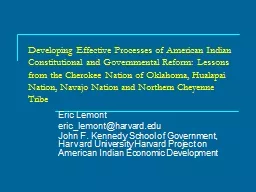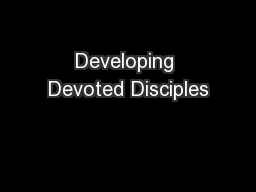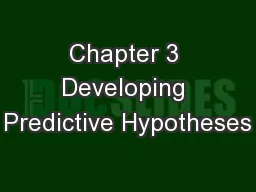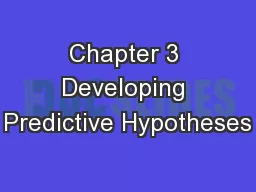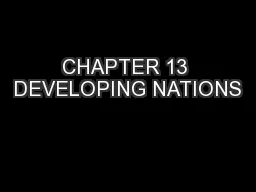PPT-Developing Effective Processes of American
Author : mitsue-stanley | Published Date : 2017-09-07
Indian Constitutional and Governmental Reform Lessons from the Cherokee Nation of Oklahoma Hualapai Nation Navajo Nation and Northern Cheyenne Tribe Eric Lemont
Presentation Embed Code
Download Presentation
Download Presentation The PPT/PDF document "Developing Effective Processes of Americ..." is the property of its rightful owner. Permission is granted to download and print the materials on this website for personal, non-commercial use only, and to display it on your personal computer provided you do not modify the materials and that you retain all copyright notices contained in the materials. By downloading content from our website, you accept the terms of this agreement.
Developing Effective Processes of American: Transcript
Download Rules Of Document
"Developing Effective Processes of American"The content belongs to its owner. You may download and print it for personal use, without modification, and keep all copyright notices. By downloading, you agree to these terms.
Related Documents

